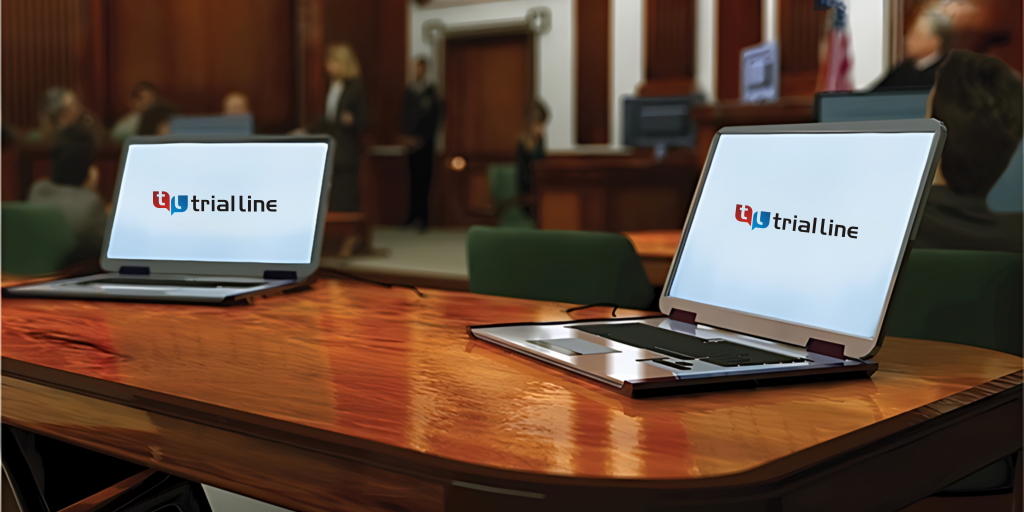How to Perfect the Art of Trial Presentations for Maximum Legal Impact
How to Perfect the Art of Trial Presentations for Maximum Legal Impact
Blog Article
The Power of Visuals in Trial Presentations for a Winning Argument
The combination of visuals in test discussions has become a vital aspect in successfully communicating complicated disagreements to jurors. By making use of various forms of aesthetic aids-- be it diagrams, photographs, or computer animations-- lawyers can boost understanding and retention, ultimately forming the jury's understanding of the situation. This method not just makes clear intricate narratives however also develops an emotional resonance that can influence decision-making. As we explore the subtleties of this approach, it comes to be vital to think about exactly how certain kinds of visuals can make a substantial difference in test outcomes. What useful strategies might lawyers employ to maximize this capacity?
Value of Visuals in Trials
In several legal setups, visuals play a crucial role in improving the performance of trial presentations. The integration of visual aspects can considerably affect jurors' understanding and retention of complicated info, thereby shaping their assumptions and choices. Visuals, such as graphes, representations, and photographs, can simplify detailed narratives, making them more easily accessible and engaging.
In addition, the human mind processes aesthetic information more effectively than text, which underscores the significance of integrating visuals into legal disagreements. By translating dense lawful ideas right into visual styles, attorneys can help with clearer interaction, ensuring that bottom lines are not forgotten during tests.
In addition, visuals offer to involve jurors on an emotional degree, cultivating a connection to the case that words alone might stop working to accomplish. The strategic use of visuals can evoke empathy, triggering jurors to think about the human elements of the case.
Ultimately, the importance of visuals in trials hinges on their capacity to enhance quality, boost juror involvement, and reinforce the narrative existing. This powerful combination is important for crafting persuasive disagreements that reverberate with jurors and influence the outcome of lawful procedures.
Sorts Of Visuals to Use
Reliable test discussions can substantially profit from a selection of aesthetic tools that deal with various facets of the situation. trial presentations. Making use of layouts and graphes can efficiently damage down complicated information, making it extra absorbable for jurors. Flowcharts can illustrate the series of events, while bar graphs might succinctly contrast relevant data factors.

Animations and simulations can additionally play a crucial role, especially in situations including technological information or intricate situations. These visuals can dynamically represent procedures or actions, giving clarity and involvement that static photos might not achieve.
Additionally, infographics incorporate text and visuals to summarize vital details properly. They can offer timelines, statistics, and significant instance factors in a visually enticing manner, making it much easier for jurors to follow the disagreement.
Enhancing Comprehension and Retention

Enhancing understanding and retention during test discussions is important for ensuring that jurors grasp the vital components of a case. Aesthetic help work as powerful tools in this regard, converting complex details right into conveniently digestible styles. By using charts, representations, and infographics, attorneys can simplify elaborate data and highlight key factors that might or else be overlooked.
Studies have actually revealed that people preserve details substantially better when it is provided visually. This is particularly significant in a test setting, where jurors may be bewildered by the volume of proof and statement. By strategically integrating visuals, attorneys can direct jurors' focus to one of the most critical facets of the instance, enhancing their understanding and memory of the material provided.

Producing Engaging Presentations
Captivating jurors' focus throughout trial discussions is crucial for communicating an engaging story. Engaging discussions take advantage of visual components to create a remarkable experience that reverberates with jurors. The strategic use of graphics, animations, and Discover More Here video clips can elucidate complex details, making it a lot more easily accessible and explanation relatable.

Additionally, incorporating storytelling methods can enhance involvement. Presenting proof in a logical series that builds sob story enables jurors to attach with the product on a personal degree. Varying presentation styles, such as integrating short video clip clips or interactive components, can also suffer rate of interest and focus throughout the test.
Ultimately, an appealing discussion cultivates a more extensive understanding of the case, making it possible for jurors to better appreciate the debates being presented and causing a more favorable result.
Study and Success Stories
Many situation research studies highlight the considerable effect of visuals in trial presentations, showing their ability to affect juror assumptions and inevitably the results of cases. For instance, a significant situation including an accident insurance claim showed how the use of a 3D computer animation of the mishap scene clarified complex information. Jurors reported really feeling more enlightened and i thought about this empathetic, dramatically swaying their choice in favor of the complainant.
In one more instance, a company litigation case utilized infographics to present monetary information and timelines, making intricate details accessible. The aesthetic depiction allowed jurors to realize the nuances of the situation a lot more effectively than spoken descriptions alone. trial presentations. As a result, the jury returned a verdict that surpassed the client's assumptions
The compelling visuals not only assisted in producing question yet also reverberated emotionally with jurors, leading to an acquittal. These success stories highlight the necessity of integrating visuals right into test discussions, as they boost understanding, retention, and inevitably, the convincing power of lawful arguments.
Final Thought
In final thought, the tactical unification of visuals in trial presentations significantly boosts jurors' comprehension and retention of intricate information. Engaging discussions, supported by engaging situation researches, demonstrate the extensive impact that visuals can have on influential interaction.
Report this page